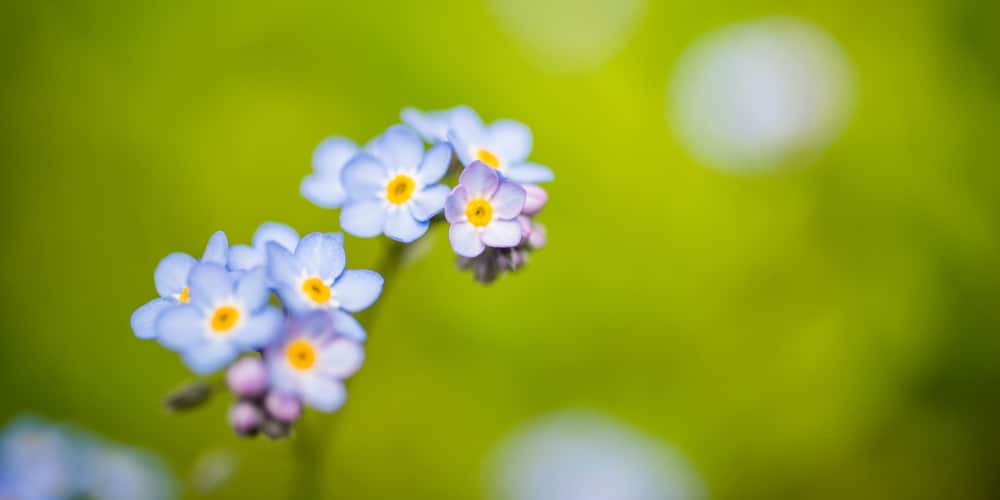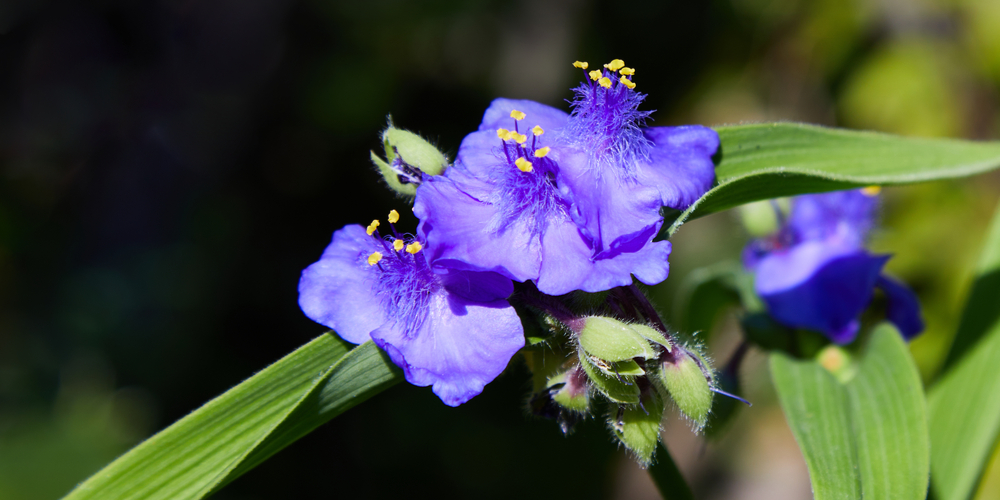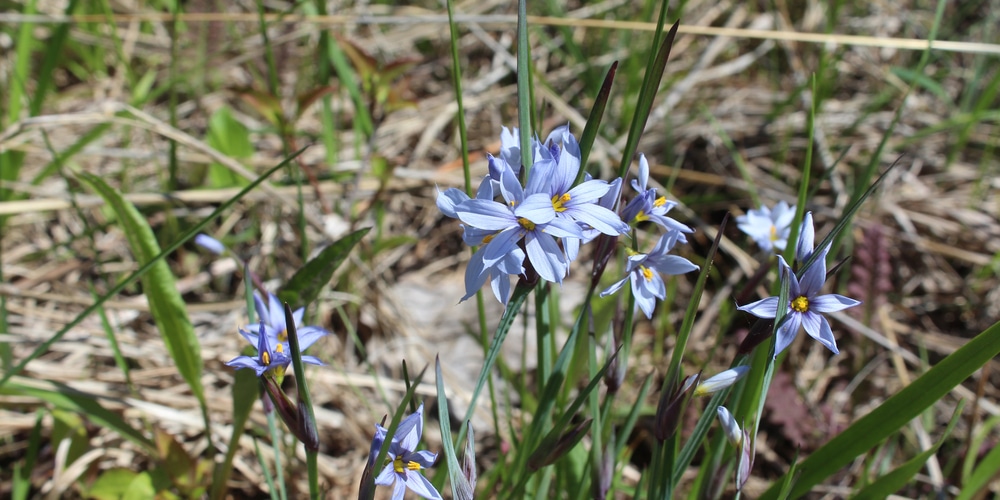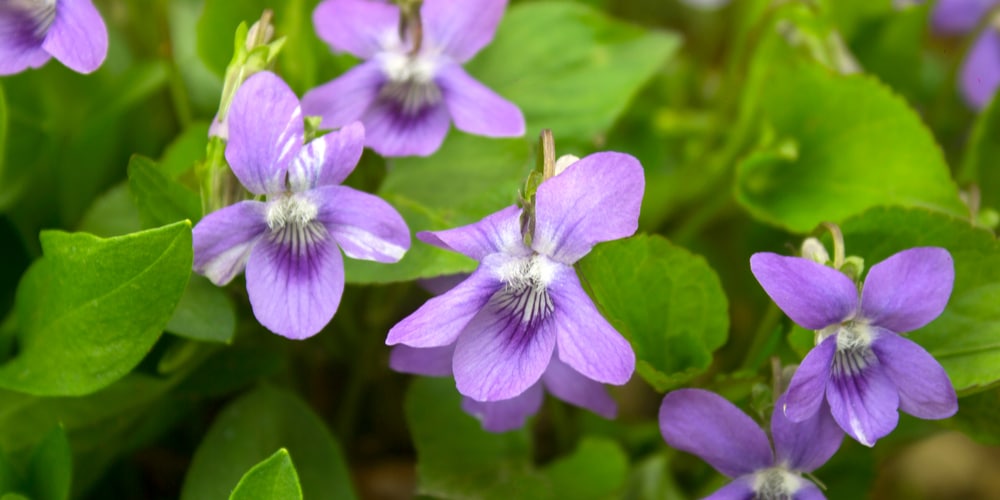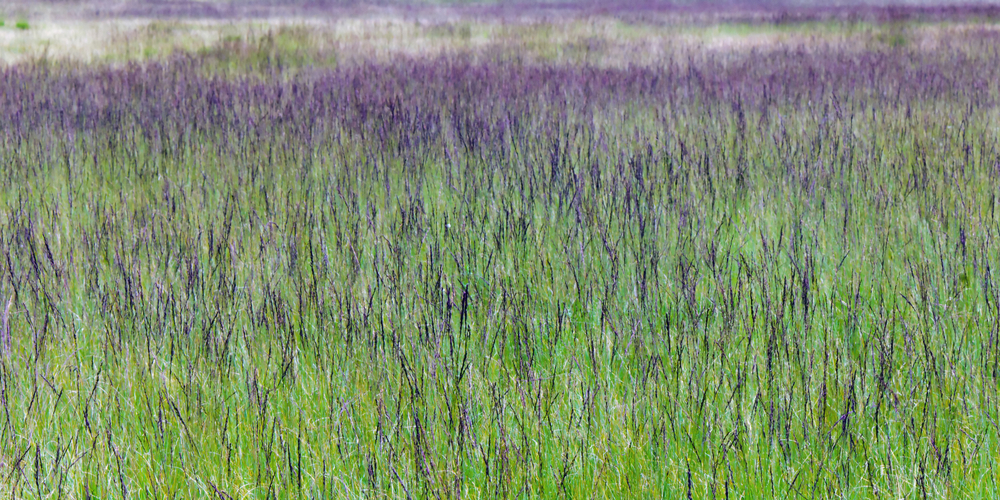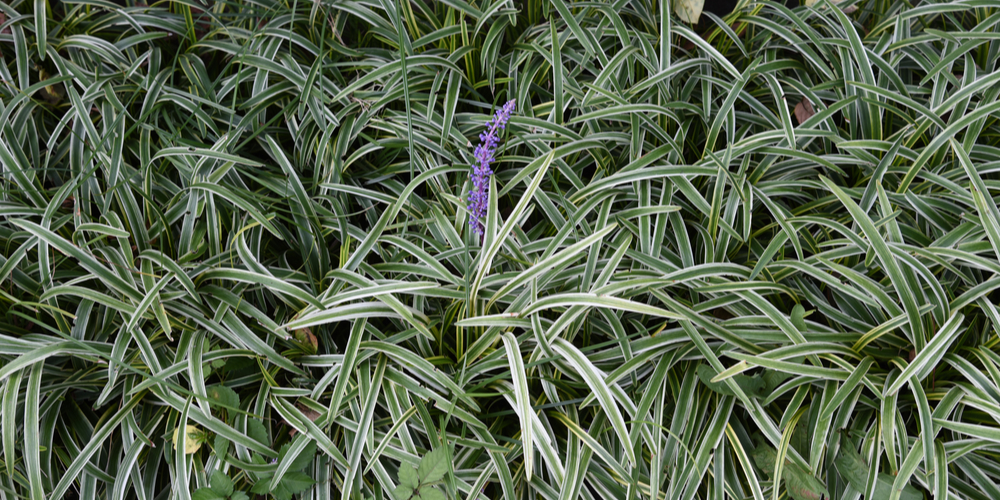One of the things you will notice as a new farmer or when growing out your lawn is the number of weeds you get. While they might be easily spotted when you are in the garden, their camouflage is better in the grass. The reason for this is grass grows close together. If you want to get rid of these weeds in your plants, you will need to find out what they are. Here is a list of Grass-like plants with purple flowers.
Dove weed
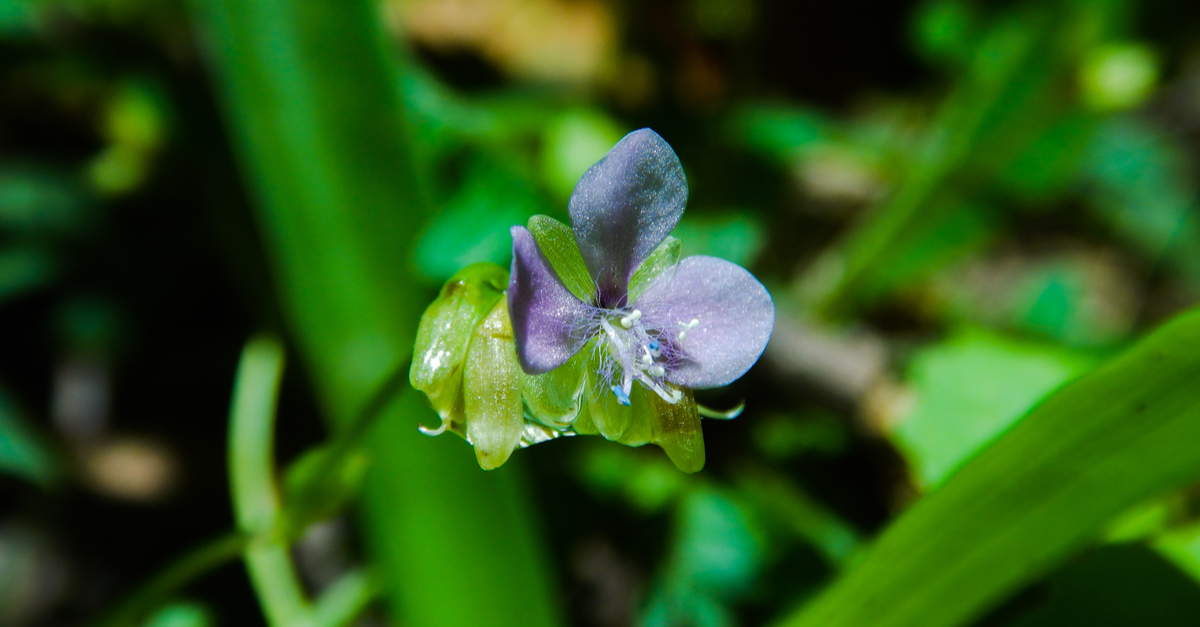
Dove weed is a seasonal grass-like plant that occurs mostly during summer. The conducive environment for dove weed is damp soils, so you will get it if you over irrigate your grass.
One of the reasons it is hard to deal with dove weed is that it is very resistant to the herbicide used to kill such weeds in the grass. One can confuse them for other grass species at the initial growing stages until they spout purple, three petal flowers. You need to deal with dove weed because it will spread very fast and prevent the type of grass you are growing from setting root well.
Forget-me-not
Even though it is a harmless plant, the forget-me-not is very aggressive. Once it gets into your grass, it will take over the entire garden and kill everything else. It does not need much rain to thrive and will be found in areas with little to no rain. Even though the bluish-purple flowers look really good, they can be a nuisance when they cover up your entire lawn.
Spiderwort
Spiderwort or spider lily is a plant found in Europe and North America and can be used as a houseplant. It is a herbaceous plant, and when in full bloom, it produces blue flowers, although sometimes these flowers can be purple. It can be left to grow with the grass on your lawn, but if you do not want purple flowers, you will have to get rid of them.
Blue-eyed grass
Do not let the name full you when it comes to this plant. The blue-eyed grass belongs to a group of flowering plants and can either grow a perennial or an annual flower. The plant has sword-like upright leaves and blooms blue, white, or purple flowers. The flowers are star-shaped and often have a yellow center.
Related article: Stout Blue Eye Grass
Wild violet
The wild violet is known for its delicate stems and heart-shaped leaves. Even though it thrives in moist areas, the more mature plants can handle a little bit of drought. With this, you get a plant that can do well under the shade on your lawn, but it will spread throughout the whole lawn as it matures. The seeds travel easily through wind and rain, and they are very resilient. You can only deal with this weed by hand, pulling them out and herbicides. Doing so before they mature will ensure that your garden stands a better chance of surviving the invasion.
Purple moor grass
Purple moor grass is a breed of grass found in Europe and thrives best in acidic soils. It can be found in lowland and mountainous areas, although sometimes it grows in swampy areas. Purple moor grass can grow tall. It gets up to 35 inches in height. It grows in tufts, and the stems get very crowded.
The purple moor leaves are long and pointy, and they can have hairy tips. Purple moor has pointy flowers that will bloom in summer and stay until early fall. Even though you can use it as ornamental grass, you need to be careful because it quickly becomes invasive and can be a hassle to get rid of.
Monkey grass
Monkey grass is indigenous to Asia and goes by the name of lily turf and border grass. The plant has green leaves and grows to about 18 inches. When in full bloom, it produces spikes of white or violet flowers. The flowers turn into dark berries after they bloom. Even though it is not aggressive, it is considered very invasive, especially to wild grass in North America.
Grass-like plants with purple flowers: Conclusion
While some weeds might look good, they can sometimes be a nuisance. For this reason, you need to find a way to deal with them before things get out of hand. Finding out what weeds you have in your garden will help you find the right treatment methods for you.
